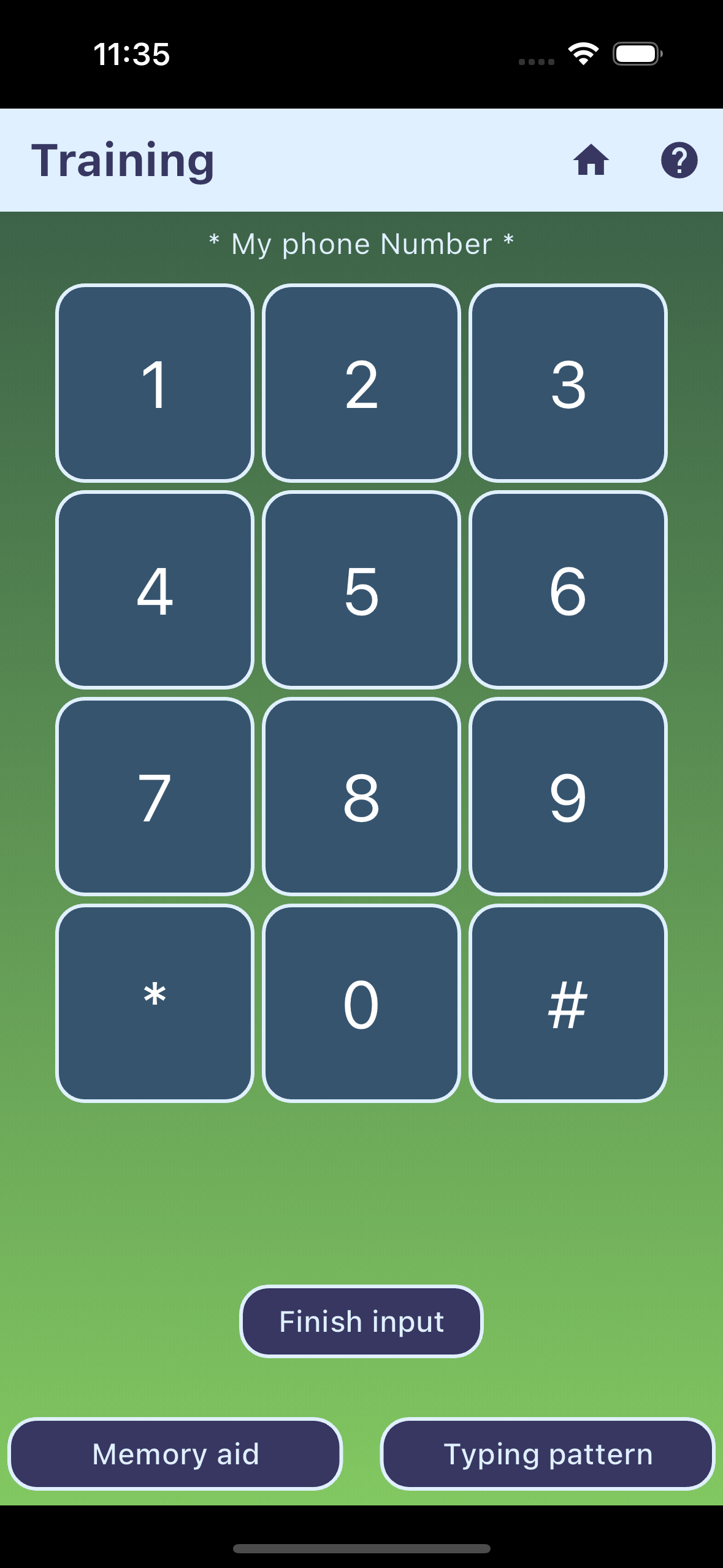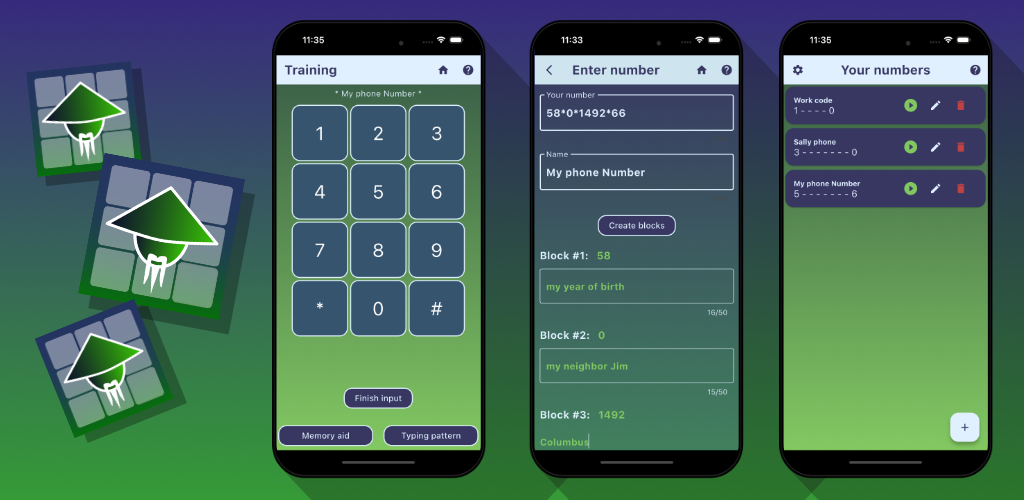Remember Numbers
How Can I Remember Number Combinations and Numbers?
Remembering number combinations today often poses great challenges. In a world where technology is ubiquitous, we need to remember more than ever before. At the same time, tools such as calculators, computers, and smartphones often free us from the need to keep number combinations or computational methods in mind – they're just a click away. Additionally, our brain is not particularly good at storing abstract numbers. Some people find it easier, others more difficult, often related to the dominance of the right or left hemisphere of the brain.
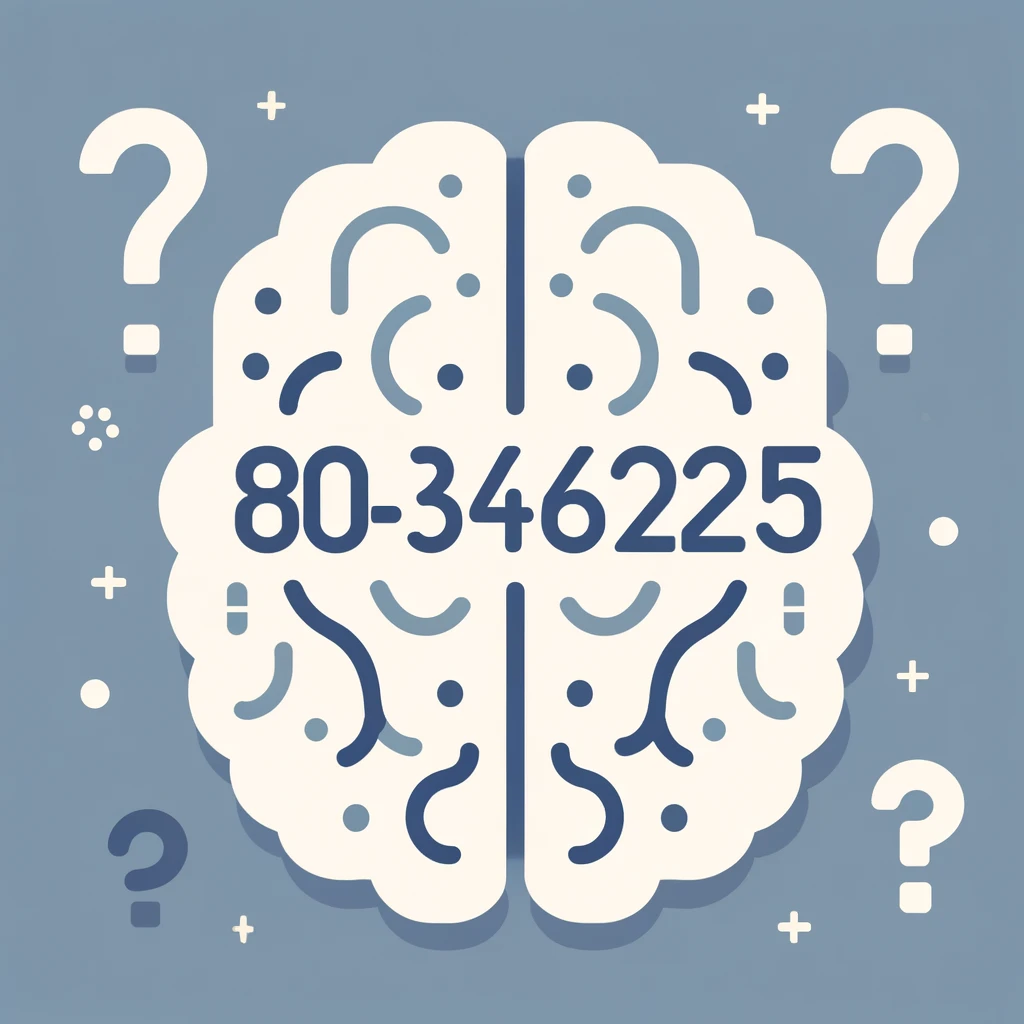
What Methods Are Available?
There are two most common traditional methods, but they have their pitfalls: the
number-symbol system and the Major System from the 18th century.
In the number-symbol system, each number is assigned a specific symbol, which is memorized and
woven into a story around the number. The Major System, a phonetic system, requires extensive
training before use and is hardly practical for learning just a few number combinations.
The Solution
Personally, I found both systems inadequate because the learning effort for the five to six phone numbers and PINs that I occasionally need was too high. The solution was an app I developed, which allows me to train exactly the needed number combinations with minimal effort. Surprisingly, I was able to learn the numbers quickly. Today, I review my knowledge about once a month, often while relaxing on the sofa – a matter of just two to three minutes.
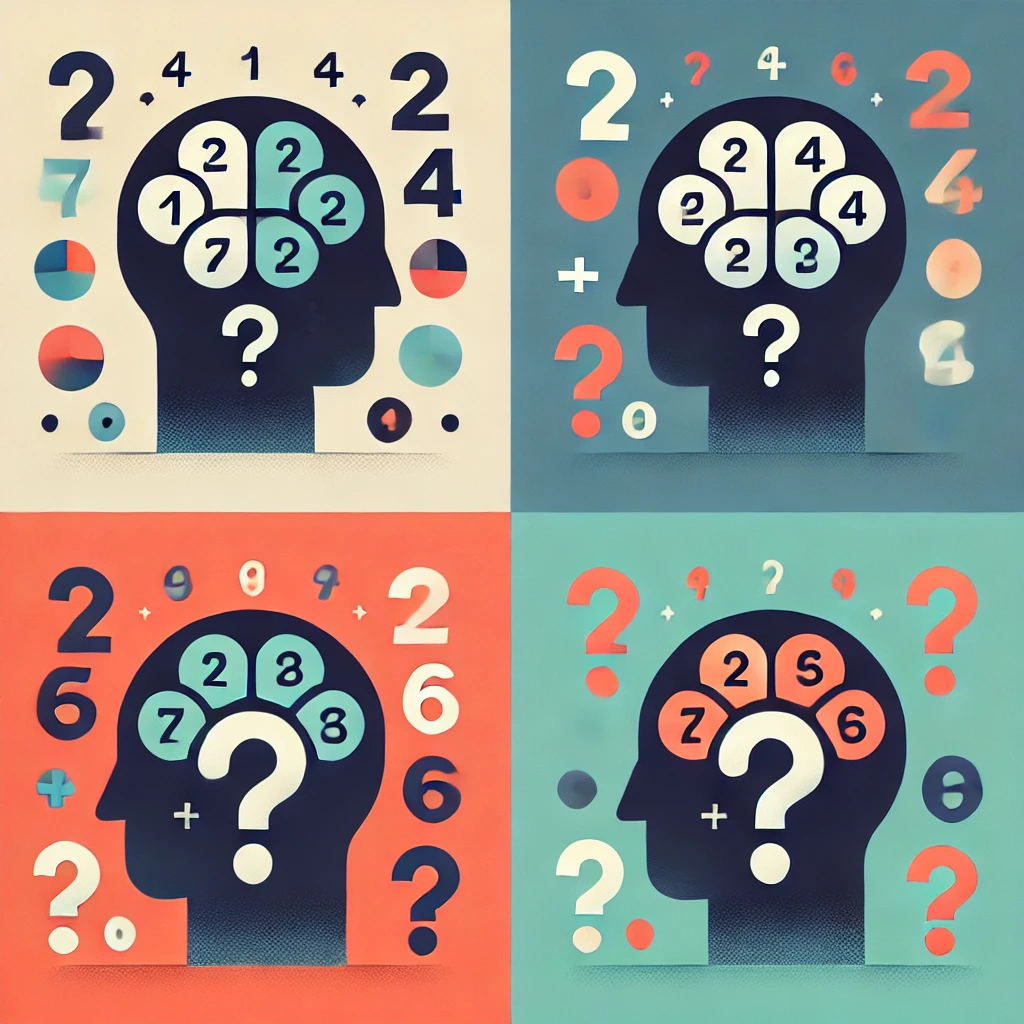
How Does the System in the App Work?
The app is based on the number-symbol system but uses free associations instead of memorized symbols. The basic idea is that we have personal associations for almost all numbers, such as:
- 62 – birth year of a cousin
- 747 – Jumbo Jet
- 911 – emergency number
- 74 – the year Germany won the Football World Cup
- 156 – my former Alfa Romeo
- 52 – a well-known US Bomber
- 66 – the famous Route 66
- 18 – age of adulthood
- 230 – my father's Mercedes
- 415 – the numbers on my father’s car license plate
- 25 – a quarter-century
- 335 – Larry Carlton's Gibson guitar model
I break my numbers into blocks and assign each an association, which I can remember after a short training session. Sometimes I tell myself small stories, sometimes just the association suffices.
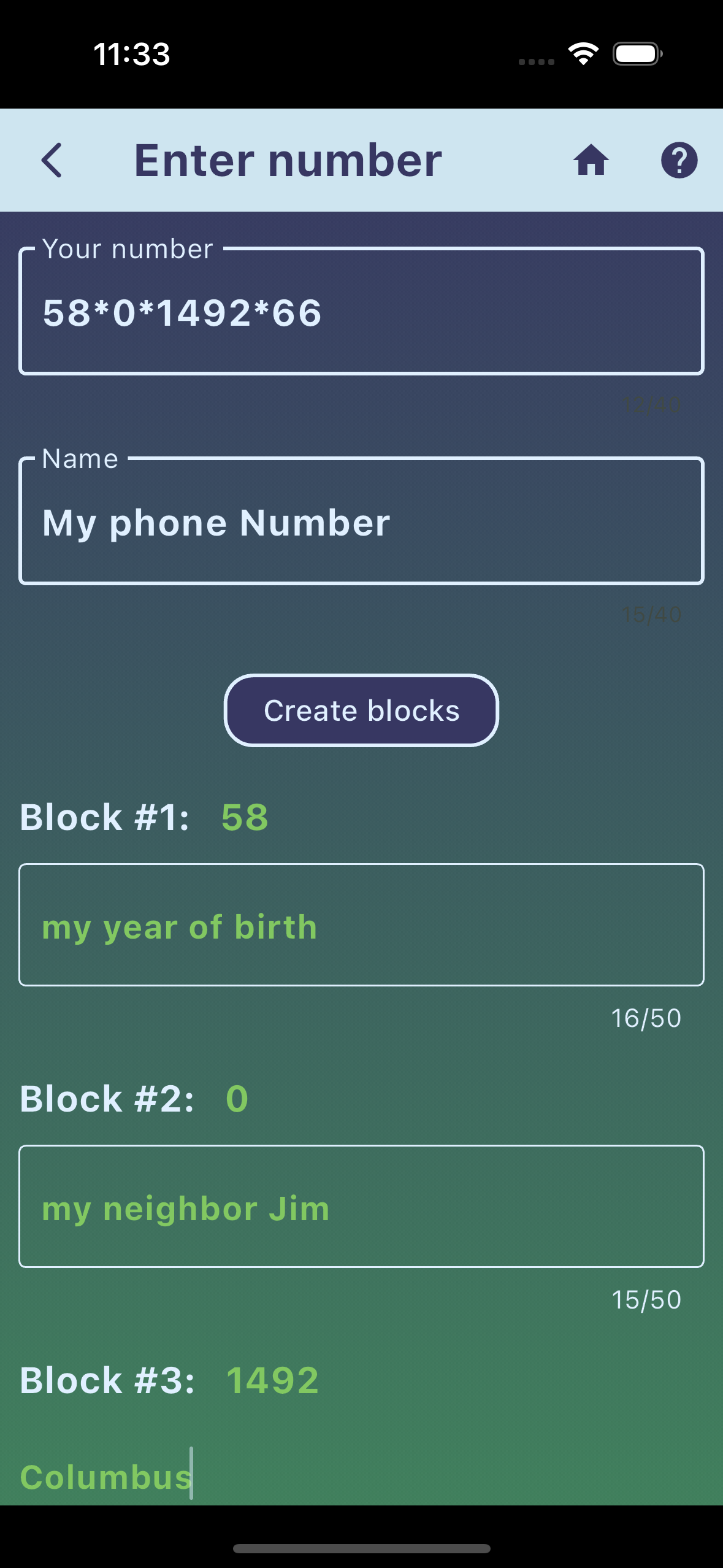
Utilize Motor Memory
Another useful method is using motor memory. Anyone who drives a car, engages in a sport, or plays
an instrument knows what our motor memory is capable of. We use it constantly, often unconsciously,
even while scrolling or swiping on our device. By regularly entering number combinations on a
keypad, they almost automatically imprint themselves.
The app combines these ideas by breaking down the numbers into blocks with personal associations and
training them on a keypad. The app provides feedback on whether the entry was correct and offers
support through memory aids if needed. This way, motor memory is supported by visual assistance
during the learning process.
